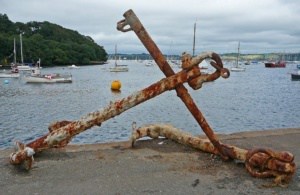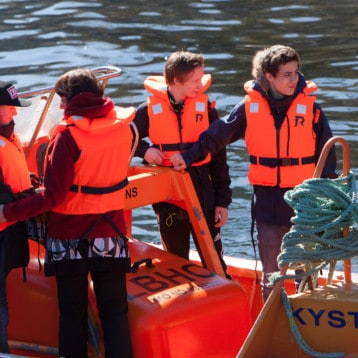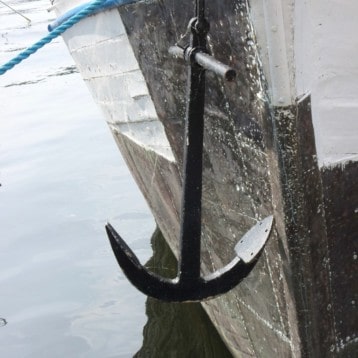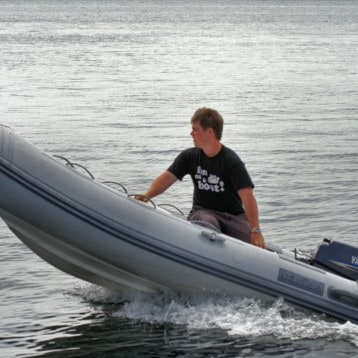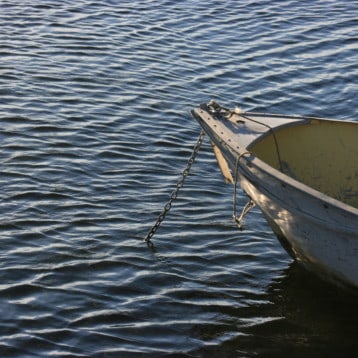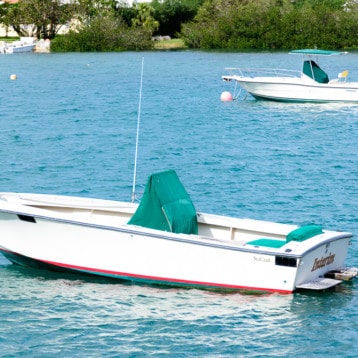When looking at how exactly anchors dig into the sea bed and hold gigantic boats in place, we first have to describe how one anchors and then we can consider the types of anchors one can use and the types of sediment one can dig their anchor into.
How to Get a Boat Anchor to Hold?
When you are just above the anchor where you dropped it, the anchor pulls free. If you want a boat anchor to hold, set it in a way that it digs into the sea or river bed, that it creates resistance. Study the bottom, as anchors can’t dig into rocky ones, muddy or sandy bottoms are ideal. Observe the wind, and the speed of the boat.
Some anchors are made only to hold boats in mud and some are made for soft bottoms so you’ll have to know how each one does what it does.
In order to anchor a boat, one must take into account the wind direction to make sure your boat anchor doesn’t slip out because the wind is pushing it the wrong way. You must lower the anchor and drive your boat at a high enough speed that you can make sure the anchor is securely embedded. Then the wind should keep pushing your boat in the direction you drove to set the anchor and that will push the anchor even further into the bottom it is in. This means that your boat should not be directly above your anchor, but downwind of it. If the wind direction changes, hopefully, your anchor will be stuck in the bottom deep enough to not fall out but if it isn’t, all you have to do is reset your anchor.
Anchors commonly have two flukes which allows one to dig into the seabed and one to protrude out making it hard for it to come out of the floor because of the dirt holding that one fluke underground. With your boat downwind, the sea breeze will keep the rode tense and will further pull the anchor into the ground for constant security. A sentinel can be used to add more holding power as well by adding weight. This way, something small can hold an enormous boat in place using the power of the Earth.
A commonly used anchor used on cruising boats is the plow style anchor because it can be used in many different types of bottom. Its shape is composed of a long slender shank connected to a crown at a pivot allowing it to swing side to side. This anchor “plows” into the seabed when you set it and when the boat swings to the other side, it stays set and the pivot just swings to the other side to accommodate. Another type of anchor is the Bruce anchor with one front fluke and two sides. This one can also operate in a variety of conditions because it resembles a claw digging into the ground.
Each different type of anchor is designed to dig into the sea bed and hold a boat in place with the wind pushing it more and more with each second. The main factor besides the sediment holding it in place is of course the constant wind keeping the rope taught and keeping the anchor from slipping out of the sea bed. The anchor may be what establishes the boat’s position but natural factors are what keeps it in place for the duration of your boating experience.

